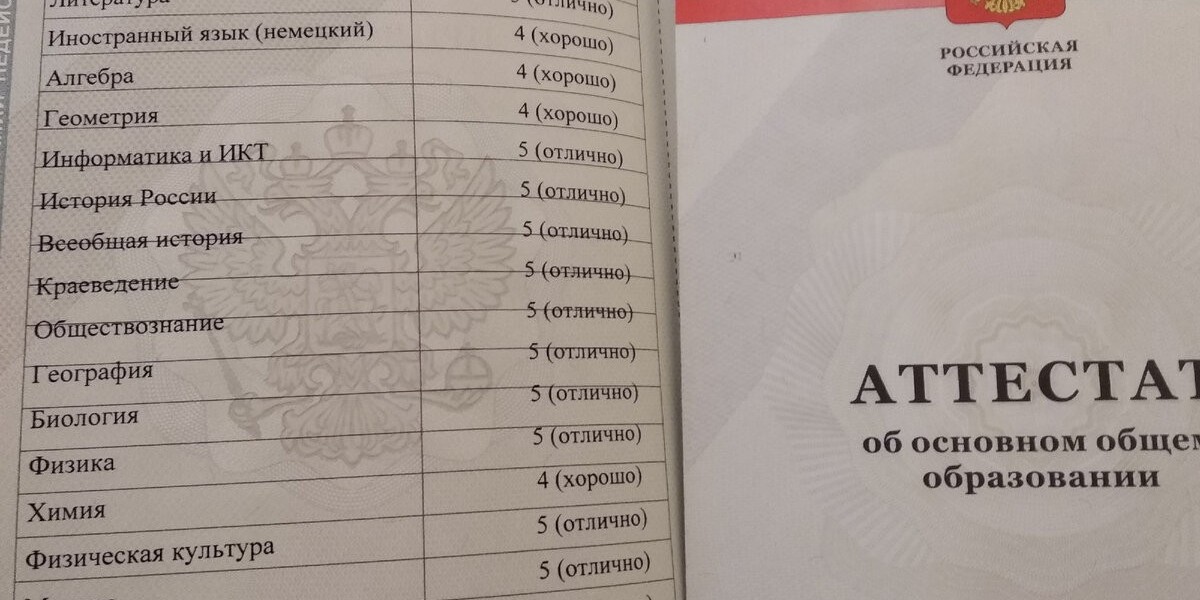The India frozen potato products market size attained a value of USD 1.77 billion in 2023. The market is further expected to grow in the forecast period of 2024-2032 at a CAGR of 17%, reaching USD 7.23 billion by 2032. This rapid growth is driven by increasing urbanisation, changing consumer preferences, and rising demand for convenience foods. As frozen potato products become more popular across households, restaurants, and fast-food outlets, India is emerging as one of the most significant markets for these products globally. This blog explores the key trends, drivers, and segmentation in the India frozen potato products market and offers insights into the competitive landscape and regional dynamics.
Market Overview
Frozen potato products, including French fries, potato wedges, smileys, and other varieties, have become a staple in many households and foodservice establishments across India. As the demand for quick and convenient food options continues to rise, these products are finding favour with busy consumers and foodservice providers alike. Moreover, the growing popularity of international fast-food chains and the increasing availability of frozen food in retail outlets are further propelling the market’s expansion.
The growth in the frozen potato products market is also attributed to increased disposable income, urbanisation, and a shift in dietary preferences towards ready-to-cook meals. These factors, combined with innovations in food production and packaging, have led to greater availability and acceptance of frozen potatoes in Indian kitchens and restaurants.
Market Segmentation
By Type
Frozen potato products come in various forms, catering to different tastes, preferences, and occasions. The major product types in the Indian market include French fries, tikkis, potato wedges, potato bites, smileys, and other specialty products.
French Fries: French fries dominate the Indian frozen potato market due to their widespread use in fast-food chains, restaurants, and households. They are often the first choice of consumers, whether for home cooking or ordering in from fast-food outlets.
Tikki: Potato tikkis, a popular Indian snack, have seen significant growth in the frozen form. With the convenience of being readily available in frozen packs, they are increasingly popular for fast snacks and parties.
Potato Wedges: Potato wedges are gaining ground due to their versatility in being served as a side dish or snack. Their rustic look and thick-cut style appeal to Indian consumers who enjoy hearty meals.
Potato Bites: Potato bites, often filled with spices or cheese, are popular among the younger demographic. These small, bite-sized snacks are easy to prepare and serve, making them ideal for fast meals or snacking.
Smileys: This product is particularly popular with children due to its fun shape and appealing texture. Smileys are increasingly found in household freezers and are frequently used in kids’ meals, making them a key driver in the market.
Others: Other frozen potato products, such as hash browns and mashed potatoes, cater to niche segments in the retail and foodservice sectors.
By End Use
The demand for frozen potato products in India is driven by two primary end-use segments: institutional and retail.
Institutional: The institutional segment includes quick-service restaurants (QSRs), foodservice providers, hotels, and cafeterias. The growing number of fast-food chains in India, such as McDonald’s, Domino’s, and KFC, is significantly contributing to the institutional demand for frozen potato products. As more restaurants and foodservice businesses opt for frozen products due to their convenience and consistent quality, this segment is expected to witness substantial growth.
Retail: Retail demand for frozen potato products is on the rise as more households turn to frozen foods for quick and easy meal solutions. The increasing availability of frozen potato products in supermarkets, hypermarkets, and online grocery stores makes them more accessible to consumers.
By Distribution Channel
Frozen potato products in India are sold through a variety of distribution channels, including supermarkets and hypermarkets, convenience stores, specialty stores, online platforms, and others.
Supermarkets and Hypermarkets: These large retail outlets are the primary point of sale for frozen potato products. They offer a wide range of frozen foods, with frozen potatoes being one of the most popular categories due to consumer demand for convenient meal options.
Convenience Stores: Small, neighbourhood convenience stores are increasingly stocking frozen potato products, catering to busy consumers who need quick meal solutions.
Speciality Stores: Specialty stores that focus on frozen food items or international cuisines are becoming more common. These stores often carry premium or niche frozen potato products for more discerning customers.
Online: E-commerce platforms are playing a growing role in the distribution of frozen potato products, with online grocery stores offering a convenient way for consumers to purchase frozen foods from the comfort of their homes. As the popularity of online shopping increases, this channel is expected to grow rapidly.
Others: This category includes direct-to-consumer models, regional distributors, and other emerging channels.
Regional Analysis
North India
In northern India, cities like Delhi, Chandigarh, and Lucknow are major consumers of frozen potato products due to the high density of fast-food outlets, restaurants, and growing disposable income. The preference for French fries and potato tikkis is particularly strong in this region.
South India
In southern India, especially in cities like Bangalore, Chennai, and Hyderabad, the demand for frozen potato products is increasing. The popularity of international fast food and growing urbanisation in cities are driving this growth. Potato wedges and smileys are especially popular in South India.
West India
Western India, including Mumbai, Pune, and Ahmedabad, has a thriving foodservice industry, making it one of the largest markets for frozen potato products. The diverse culinary tastes and high consumption of fast food, including French fries and potato bites, are contributing to the growth of this market.
East India
East India, including Kolkata and Bhubaneswar, is an emerging market for frozen potatoes. Although the market is not as developed as in other regions, there is a growing interest in quick snacks and convenience foods.
Market Dynamics
Drivers
- Urbanisation: The growing number of urban households with disposable incomes and busy lifestyles is driving the demand for frozen foods, including frozen potato products.
- Increase in Fast Food Chains: The rise of fast-food chains, quick-service restaurants (QSRs), and cafes is fueling the demand for frozen potato products like French fries and tikkis.
- Convenience: Frozen potatoes offer convenience for consumers looking for quick meal solutions, especially with the rise of working professionals and nuclear families.
Restraints
- Storage and Logistics Costs: The need for cold storage and refrigerated logistics presents challenges for suppliers and increases the overall cost of distribution.
- Price Sensitivity: Some consumers may be hesitant to purchase frozen foods due to their higher price point compared to fresh alternatives.
Opportunities
- Online Shopping: The growth of e-commerce platforms in India presents new opportunities for frozen potato products to reach a broader audience.
- Product Innovation: There is potential for innovation in frozen potato products, such as healthier alternatives with reduced fat or organic offerings, to cater to the growing demand for health-conscious options.
Challenges
- Competition from Local Snacks: Local snack products such as samosas, bhajis, and chips continue to be popular and are seen as a cheaper alternative to frozen potato products.
- Cultural Preferences: Despite the growing popularity of frozen foods, traditional cooking methods and home-cooked meals are still strong in many regions of India, which may limit market penetration.
Competitive Landscape
The India frozen potato products market is highly competitive, with both domestic and international brands vying for market share. Leading players in the market include McCain Foods, ITC Limited, and Vishal Food, among others. These companies focus on product innovation, quality, and expanding their distribution networks to capture a larger portion of the market. Collaborations, mergers, and acquisitions are also common as companies aim to strengthen their market position.








